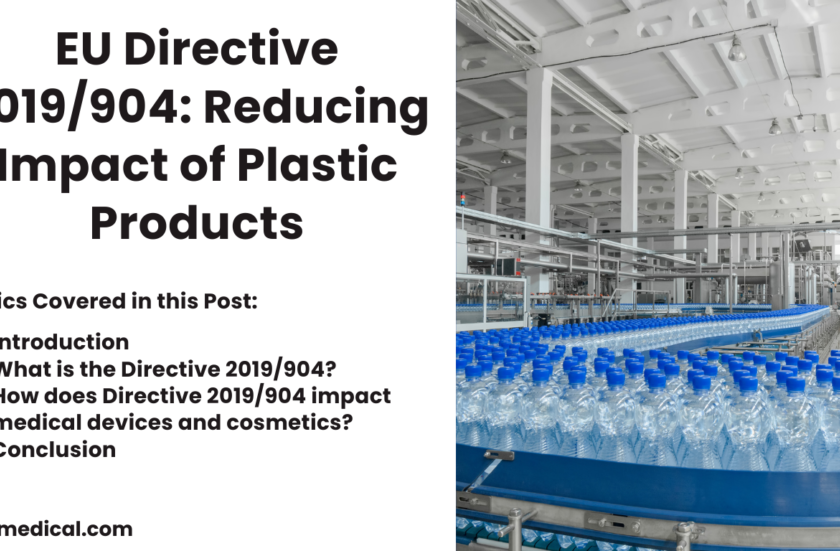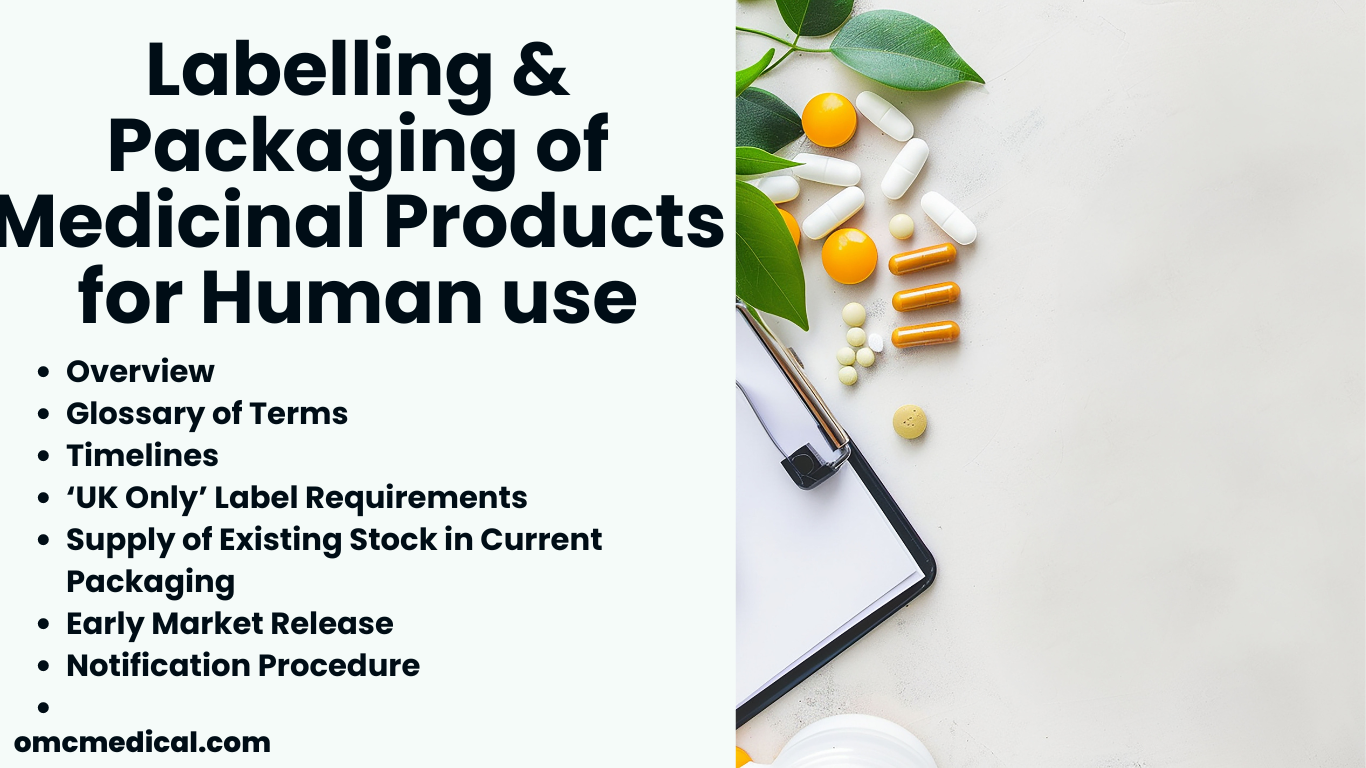Introduction
Directive 2019/904 aims to mitigate the environmental and health impacts of specific plastic products, particularly in aquatic environments, while fostering the transition towards a circular economy through innovative and sustainable practices.
It encompasses single-use plastic items outlined in the Annex and products made from oxo-degradable plastic and plastic-containing fishing gear.
Member States are mandated to implement measures to significantly reduce the consumption of single-use plastic products listed in Part A of the Annex, aligning with the broader goals of the EU’s waste management policy, notably waste prevention.
What is the Directive 2019/904?
Adopted in June 2019, this directive aims to reduce the environmental impact of certain plastic products, particularly single-use plastics (SUPs). SUPs are defined as any plastic item designed for single use and not intended to be reused.
Due to its versatile functionality and cost-effectiveness, plastic has become increasingly pervasive in various aspects of daily life.
While it serves crucial roles in many industries, its extensive use in disposable applications, which are often not designed for reuse or efficient recycling, has led to inefficient and linear production and consumption patterns.
Recognizing this challenge within the Circular Economy Action Plan outlined in the Commission’s communication of December 2, 2015, titled ‘Closing the Loop – An EU Action Plan for the Circular Economy,’ the Commission emphasized in its European Strategy for Plastics, articulated in the communication of January 16, 2018, titled ‘A European Strategy for Plastics in a Circular Economy,’ the urgent need to address the escalating generation of plastic waste and its leakage into the environment, notably marine ecosystems.
This strategy aims to transition towards a circular economy where plastic design and production prioritize reuse, repair, and recycling while promoting the development and adoption of more sustainable materials.
Given the significant adverse environmental, health, and economic impacts of certain plastic products, establishing a specific legal framework is deemed necessary to mitigate these negative effects effectively.
The objective of this directive is to prevent and reduce the impact of certain plastic products on the environment, in particular the aquatic environment, and on human health, as well as to promote the transition to a circular economy with innovative and sustainable business models, products and materials, thus also contributing to the efficient functioning of the internal market.
This Directive applies to the single-use plastic products listed in the Annex, to products made from oxo-degradable plastic and to fishing gear containing plastic.
What is Directive 2019/904?
Under this Directive, ‘plastic’ means a material consisting of a polymer as defined in point 5 of Article 3 of Regulation (EC) No 1907/2006, to which additives or other substances may have been added and which can function as a primary structural component of final products, with the exception of natural polymers that have not been chemically modified.
‘Single-use plastic product’ means a product made wholly or partly from plastic and that is not conceived, designed, or placed on the market to accomplish multiple trips or rotations within its life span by being returned to a producer for refill or re-used for the same purpose for which it was conceived.
How does Directive 2019/904 impact medical devices and cosmetics?
The Single-Use Plastics (EU Directive 2019/904) has a minimal direct impact on most medical devices and cosmetics. This is because the directive targets a specific list of single-use plastic items, and most medical devices and cosmetics do not use single-use plastics for packaging.
Medical devices and cosmetics have their own separate regulations (EU 2017/745 and EC No 1223/2009, respectively) that address packaging safety and materials.
However, there’s an indirect influence on medical devices and cosmetics, which ensures a Sustainability Push. The SUP Directive promotes a general shift towards reducing plastic use. This can indirectly pressure manufacturers of medical devices and cosmetics to:
- Minimize Plastic Packaging: They might explore alternative packaging materials or reduce plastic use.
- Use Recycled Plastic: Manufacturers could utilize recycled plastic content in their packaging to comply with the spirit of the directive.
Overall, SUPs might be used in medical devices and cosmetic packaging, but the SUP Directive doesn’t directly regulate them. It creates a broader push fo







